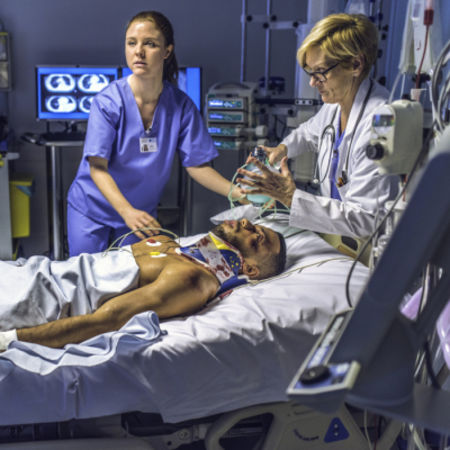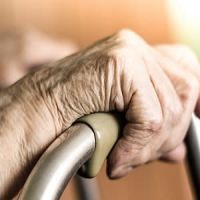Intensive care units (ICUs) have a considerable impact on the lives of the patients that are admitted there to their families and the society as a whole. The delivery of intensive care to these patients is considerably expensive and resource-intensive. With an ageing population and the rise in the volume and acuity of patients requiring critical care, the demand for intensive care continues to increase. This demand has made significant economic strains on the healthcare industry with $0.40 of each dollar spent on healthcare in the U.S. spent on intensive care.
The number of hours that an emergency department (ED) spends on critical care patients has tripled since 2001, the strain of which has seen increases in in-hospital mortality rates and lengths of hospital stays. Therefore, new strategies to combat this have started to explore ways of treating critical care patients in non-traditional healthcare settings.
A study was conducted on emergency department-based ICUs (ED-ICUs) as they could potentially be the novel solution to the critical care crisis. Researchers of the University of Michigan assessed the effectiveness of the Joyce and Don Massey Family Foundation Emergency Critical Care Center (EC3). The EC3 unit is equipped with five bays for trauma and resuscitation and nine critical care rooms adjacent to the ED. Using evidence-based protocols, the EC3 unit allows critical care patients in the ED to be transitioned to specialists in a short amount of time to immediately start treatment.
With the implementation of this strategy, researchers noted a decrease in 30-day mortality among ED patients and also a notable decrease in mortality among ICU patients. A reduction in overall and ICU short-stays was also observed. It is important to recognise that parallel to these results, the hospital also saw an increase in ED numbers, length of stay, medical complexities etc for the comparison cohort.
Whilst the success of the centre is evident, concerns have been made over its reproducibility, especially in terms of the fiscal details. A main to point to consider is how the unit will be financed, particularly regarding the initial capital, staffing and operational costs, and details over foundation funding. It is important to consider the financial model of the EC3 unit and whether it will have a self-generating revenue or a cost-recovery mechanism. Questions such as these first need to be answered in order to determine the viability of the EC3 unit in daily operations and whether it will be scalable enough to address the critical care crisis.
The researchers also showed how the EC3 was able to produce higher-quality care than the current standard procedure, but how does this relate in terms of quality and cost-to-value? More operational data is therefore needed to assess the value of an EC3 care model and to quantify whether the EC3’s value is superior to standard institutional policies or whether increasing the number of beds in the ICU may be more effective and practical.
Source: JAMA Network Open
Image Credit: iStock
References:
Kurz, MC, Hess, EP (2019) Quality Is Not the Only Part of the Emergency Department-Based Intensive Care Unit Value Equation. JAMA Netw Open, 2(7): e197570.
Latest Articles
ICU, Critical Care, emergency department, emergency medicine, ED, healthcare model, EC3, Massey Family Foundation Emergency Critical Care Center – EC3, ED-ICU, Joyce and Don Massey Family Foundation Emergency Critical Care Center, University of Michigan, care model, critical care crisis, ED-Based ICU - An Effective Solution?
A study on emergency department-based ICUs (ED-ICUs) may be the novel solution to the critical care crisis.



























